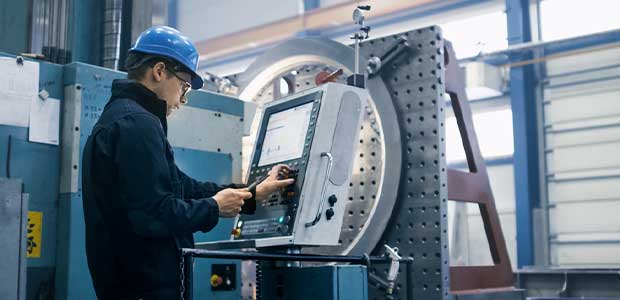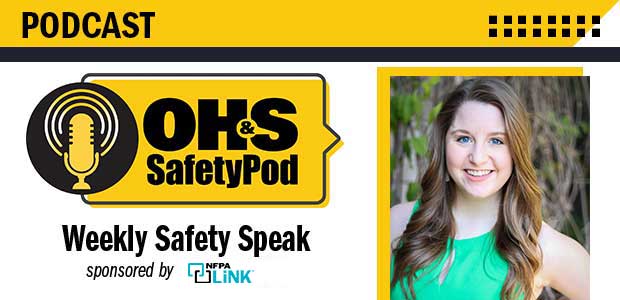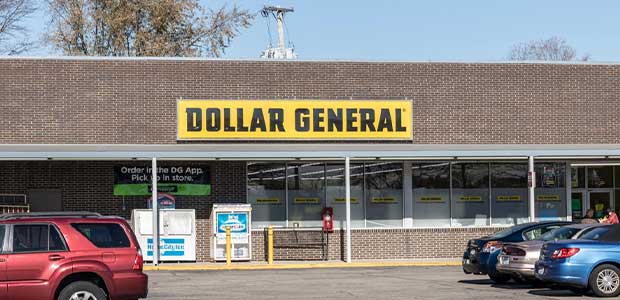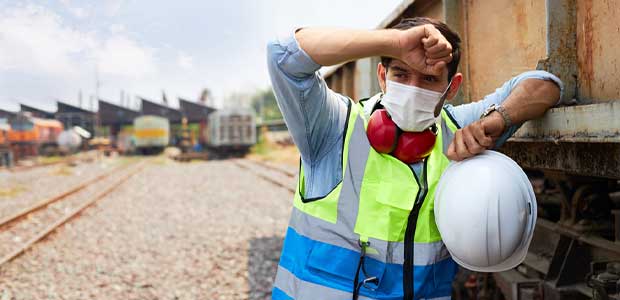
Employers are responsible for keeping workers safe from heat, but there are steps workers can follow too.

The two companies were recognized for their work in health and safety.

The confidential screenings are available to all coal miners, current or former.

The lifeline is available for mental health and suicide crisis support seven days per week, 24 hours per day.

Six months into 2022, trench-related deaths are already greater than in the entire year of 2021.

Episode 151
The last thing you want PPE to do is create more risk for incidents. That's why size and fit matter when selecting the right gear for the job.

The store in Pennsylvania was cited for similar violations last year.

The citations were for not checking that workers had fall protection and not training workers on correctly using fall arrest systems.

With rising temperatures and high numbers of illnesses and injuries, here's how to comply.

A culture of safety is key to success.